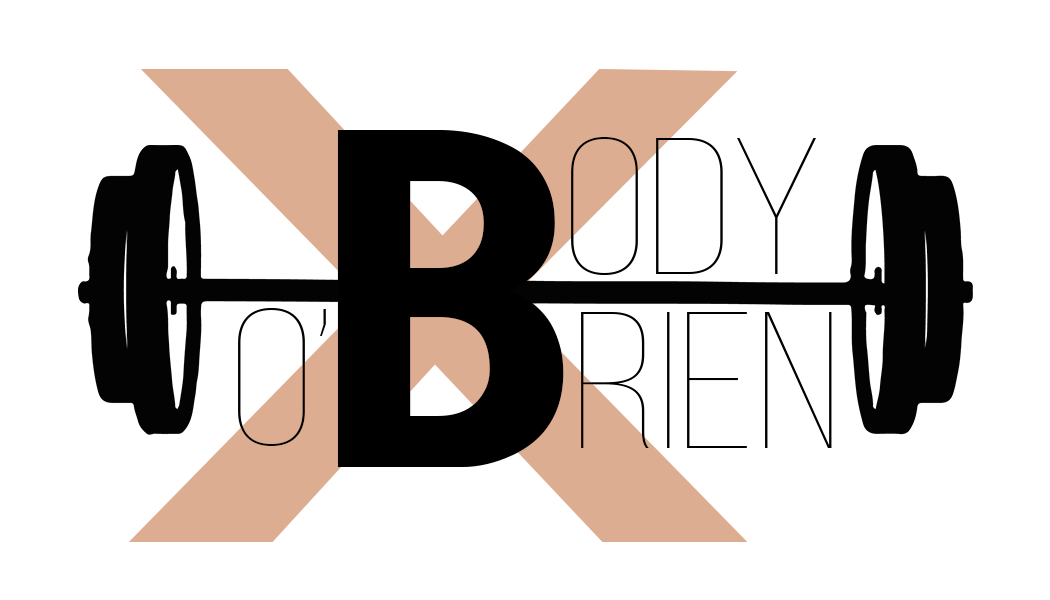As you may or may not know, the ONLY way to lose weight (specifically fat) is to eat a calorie deficit. All of the fad diets are exactly that, just disguised as something else, but that's a topic for another day. In my opinion, tracking is king, and this is how I conduct nutrition with all of my clients regardless of their goals.
If you have specific goals whether it be fat loss, muscle gain, strength goals, etc. it is IMPERATIVE you know what you are consuming and that you are consuming the right foods and amounts of food for you and your goals.
In a few easy steps, and with the help of your calculator, you'll know these numbers in no time.
We will be using the Mifflin St. Jeor equation, as it has been found to be the most accurate!
Grab a piece of paper and get ready to write down some numbers!
Step 1: Figure out your weight in kilograms and height in centimeters
ex. 180 lbs = 81.6lbs (your weight in lbs divided by 2.2)
5'8 (68 inches) = 172.72cm (your height in inches times 2.54)
Once you have those numbers, plug them into this equation:
Men - 10 x weight (kg) + 6.25 x height (cm) – 5 x age (y) + 5
Women - 10 x weight (kg) + 6.25 x height (cm) – 5 x age (y) – 161
The number you got from that equation is your BMR (Basal Metabolic Rate)
Step 2: Take the number you just got, and multiply that by one of these:
BMR X 1.2: If you are sedentary = little to no exercise in a day
BMR X 1.375: If you are slightly active = light exercise/sports 1-3 days/week
BMR X 1.55: If you are moderately active = moderate exercise/sports 3-5 days/week
BMR X 1.725: If you are very active = hard exercise/sports 6-7 days a week
BMR X 1.9: If you are extra active = very hard exercise/sports and physical job OR 2x training
Once you have calculated that, you now have how many calories you burn in a day, your TDEE (Total Daily Energy Expenditure)!
If your goal is fat loss, take that number and subtract 15%-25% of calories from your TDEE.
If your goal is maintenance or body recomp, keep those calories right where they are.
If your goal is bulking or weight gain, increase calories by 10%-20%.
Now that we know how many calories you should be eating, it's time to break those calories down into macros!
The first macro we calculate is protein, which has 4 calories per gram!
Step 3: Calculating protein intake
- Protein intake for fat loss: Protein is typically calculated by 1g of protein per pound of body weight, for example, someone weighing 180 lbs would be eating 180g of protein per day. For someone higher in body fat, 36%-50% this may be too much protein so in that case you would multiply your bodyweight x .7-.9.
- Protein intake for maintenance: 1g of protein per pound of bodyweight
- Protein intake for bulking: 1g-1.1g of protein per pound of bodyweight
Multiply grams of protein by 4 to get the total calories taken up by protein
Step 4: Calculating fat intake
To calculate fat:
(Daily calorie target x .27) / 9
Fat is 9 calories per gram, so multiply your total grams of fat by 9 to get the calories.
Step 5: Calculating carbohydrate intake
Total calories - protein calories - fat calories = calories from carbs /4
And there you have it! Keep reading for an example below!
Hope this helps!
Example: 25-year-old female who weighs 200lbs and is 5'8 that wants to lose weight and is slightly active.
Women - 10 x 90.9 + 6.25 x 172.72– 5 x 25 – 161= 1,046
909 + 1,079.5 - 125 - 161 = 1702
BMR= 1,702
1,702 X 1.375: 2,340
Her TDEE is 2,340!
Now her goal is to lose weight so I'm going to subtract 20% to get 1870 calories daily.
Protein- 200 x .9 = 180g protein
180 x 4 = 720 calories from protein daily
Fat- (1870 x .27) / 9 = 56g fat daily
56 x 9 = 504 calories from fat daily
1870 - 720 - 504 = 646 /4
Carbohydrates: 161g daily!
TOTAL: 1870 calories, 180g protein, 56g fat, 161g carbs.
I would round down a tad just to have easier numbers so I would assign my client 1870 calories, 180g protein, 55g fat, and 160g carbs!

